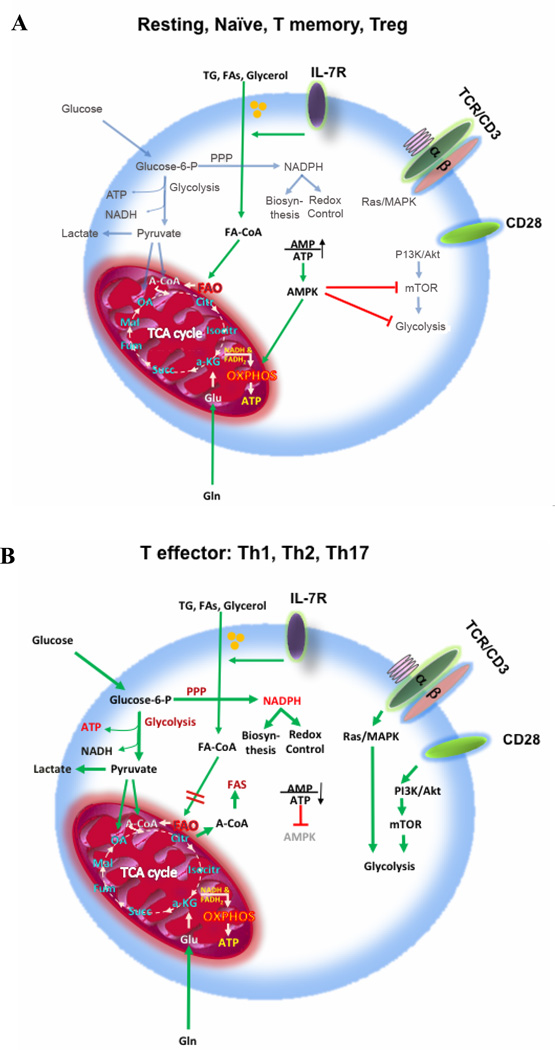Figure 1. Basic metabolic features of T cells.
In order for the TCA cycle to function properly, it must be supplied with intermediate metabolites to ensure continuation of its reactions, a process known as anaplerosis. Both, excess of oxaloacetate and acetyl-coA are required for the TCA cycle to continue. Glycolysis can fulfill this requirement by supplying TCA with oxaloacetate and acetyl-coA derived from pyruvate. Moreover, acetyl-coA derived from FAO and ketogenic amino acids can supply the TCA cycle in parallel with pyruvate coming from glycolysis or α-ketoglutarate derived from glutamine. Glycolysis and TCA cycle generate ATP and biosynthetic intermediates. Glucose is necessary not only for glycolysis, but also for the pentose phosphate pathway, which generates intermediates for nucleic acid synthesis and glycolysis and also NADPH. NADPH is a critical co-factor for anabolic reactions such as FA synthesis and also for antioxidant enzymes such as glutathione reductase, and thus important for the maintenance of cellular redox homeostasis. Naïve, resting, Tm and Treg T cells (panel A) depend mainly on OXPHOS, FAO and on either glucose or glutamine to support anaplerosis of the TCA cycle. Tm cells have high spare respiratory capacity and thus are immediately ready for maximal activation upon antigen encounter. In contrast, Teff cells Th1, Th2 and Th17 cells (panel B) depend on high rate of glycolysis and to a lower degree on OXPHOS for maximum energy production and biosynthesis. TG: triglycerides, FAs: fatty acids, FAO: fatty acid oxidation, FAS: fatty acid synthesis, A-CoA: acetyl-coenzyme A, TCA cycle: tricarboxylic acid cycle, PPP: pentose phosphate pathway, OXPHOS: oxidative phosphorylation.

